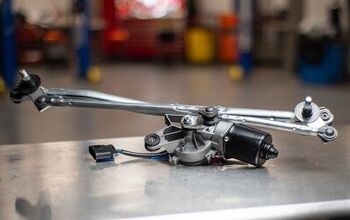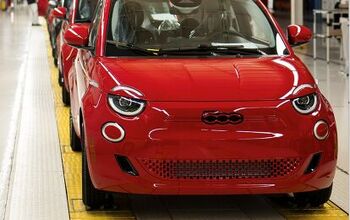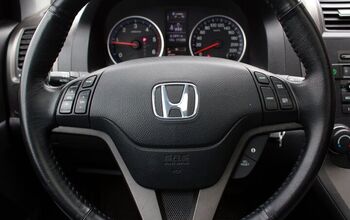GM Turns to Magnesium Sheet Metal to Lighten Vehicles

General Motors is pioneering the use of magnesium sheet metal on its vehicles with the possibility of double-digit fuel economy gains.
Other automakers are turning to carbon fiber to help lighten the load on their vehicles, but the General is going another direction. It’s currently testing an industry-first thermal-forming process and proprietary corrosion resistance treatment for lightweight magnesium sheet metal as an alternative to steel and aluminum.
According to GM, other automakers have struggled to reliably make strong and non-corroding magnesium sheet metal panels using traditional panel-forming methods. GM, on the other hand, is working on a patented process that can heat magnesium to 842 degrees Fahrenheit to allow the magnesium to be molded into precise, rigid shapes.
Magnesium weighs in at 33 percent less than aluminum, 60 percent less than titanium, and 75 percent less than steel helping lighten vehicles and in turn, increasing fuel economy.
The American automaker is showing off a production-ready magnesium rear deck lid inner panel that has been tested to withstand 77,000 robotic slams and 250-kilogram impact drops without any problems.

Jason Siu began his career in automotive journalism in 2003 with Modified Magazine, a property previously held by VerticalScope. As the West Coast Editor, he played a pivotal role while also extending his expertise to Modified Luxury & Exotics and Modified Mustangs. Beyond his editorial work, Jason authored two notable Cartech books. His tenure at AutoGuide.com saw him immersed in the daily news cycle, yet his passion for hands-on evaluation led him to focus on testing and product reviews, offering well-rounded recommendations to AutoGuide readers. Currently, as the Content Director for VerticalScope, Jason spearheads the content strategy for an array of online publications, a role that has him at the helm of ensuring quality and consistency across the board.
More by Jason Siu
































Comments
Join the conversation